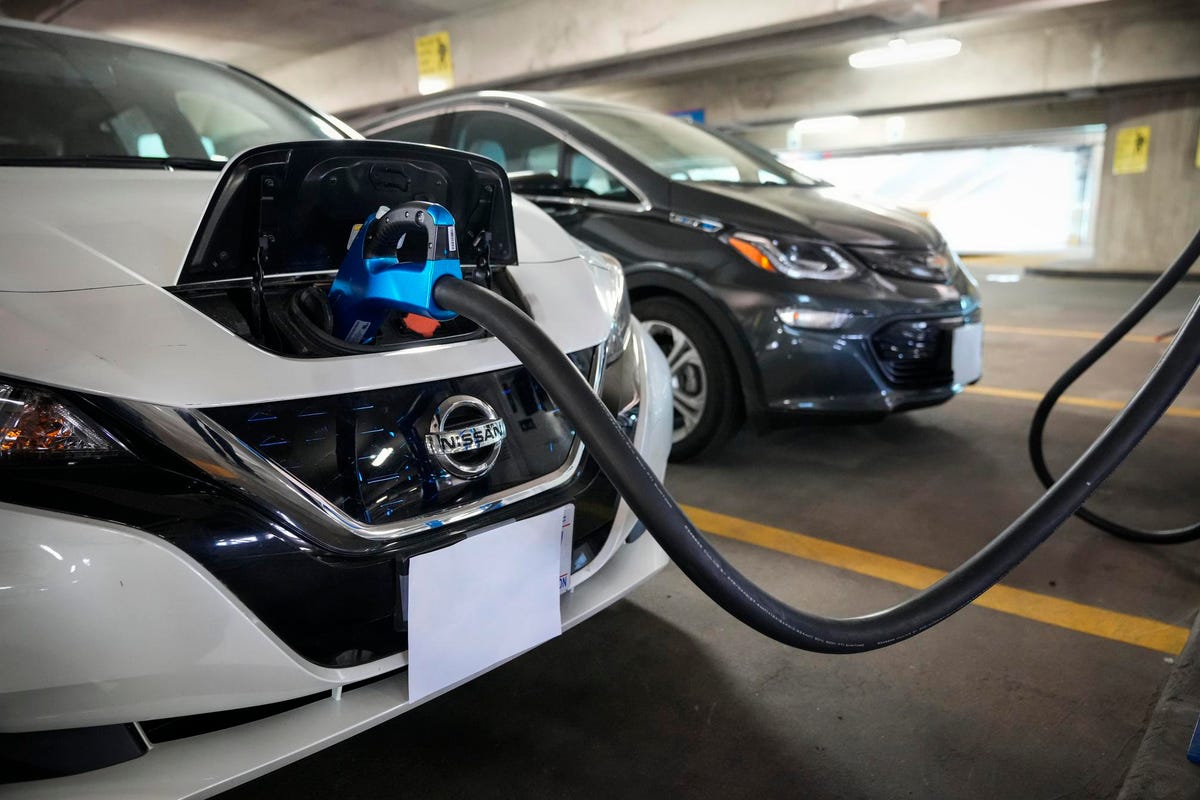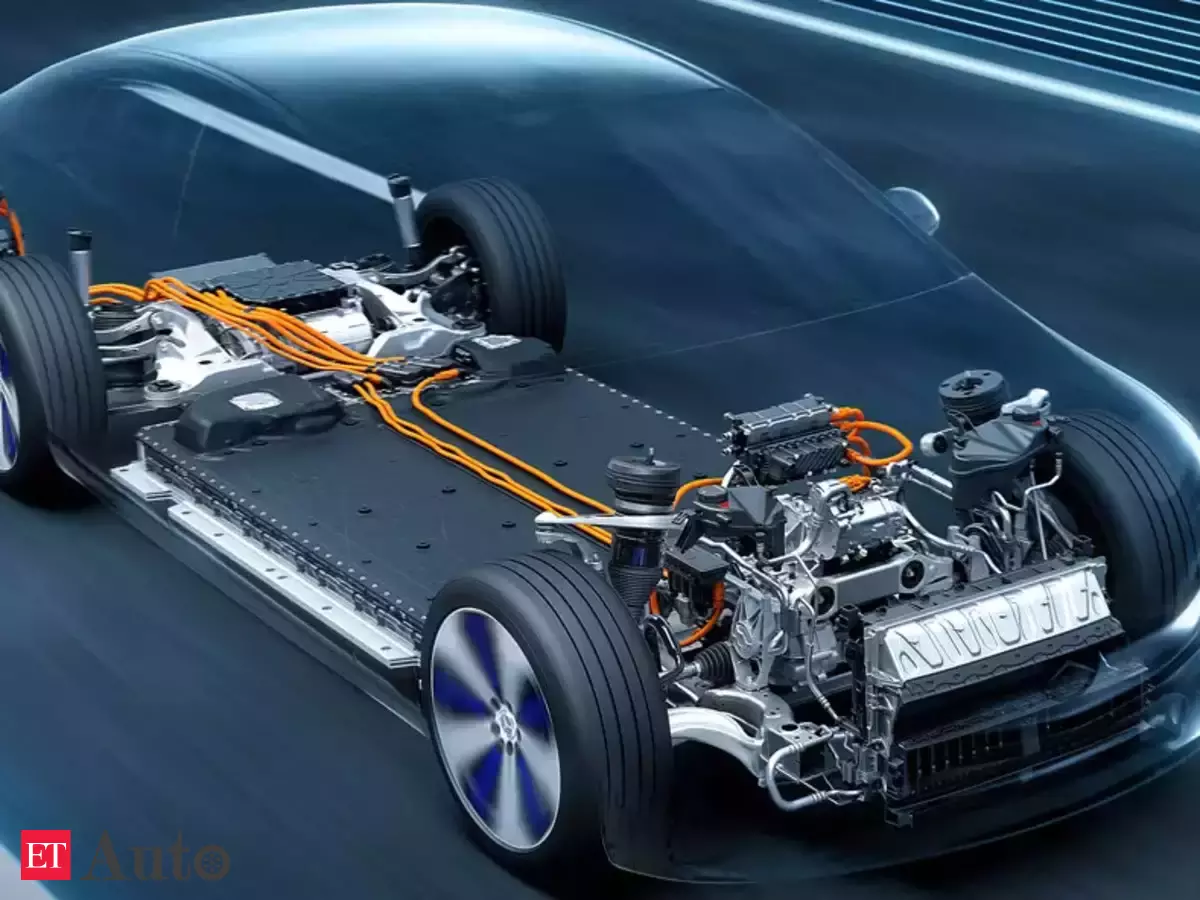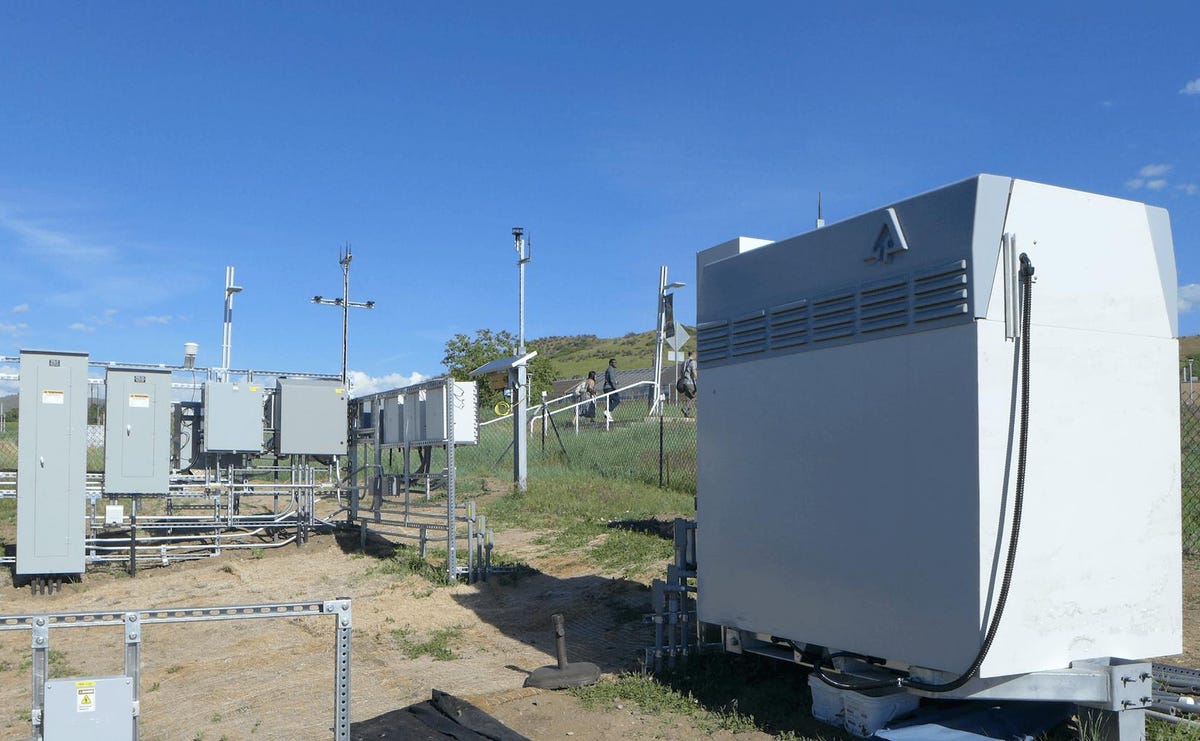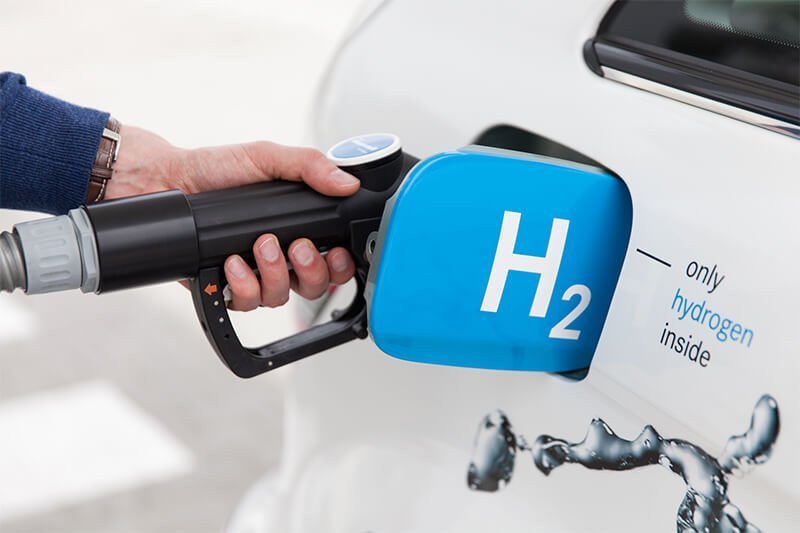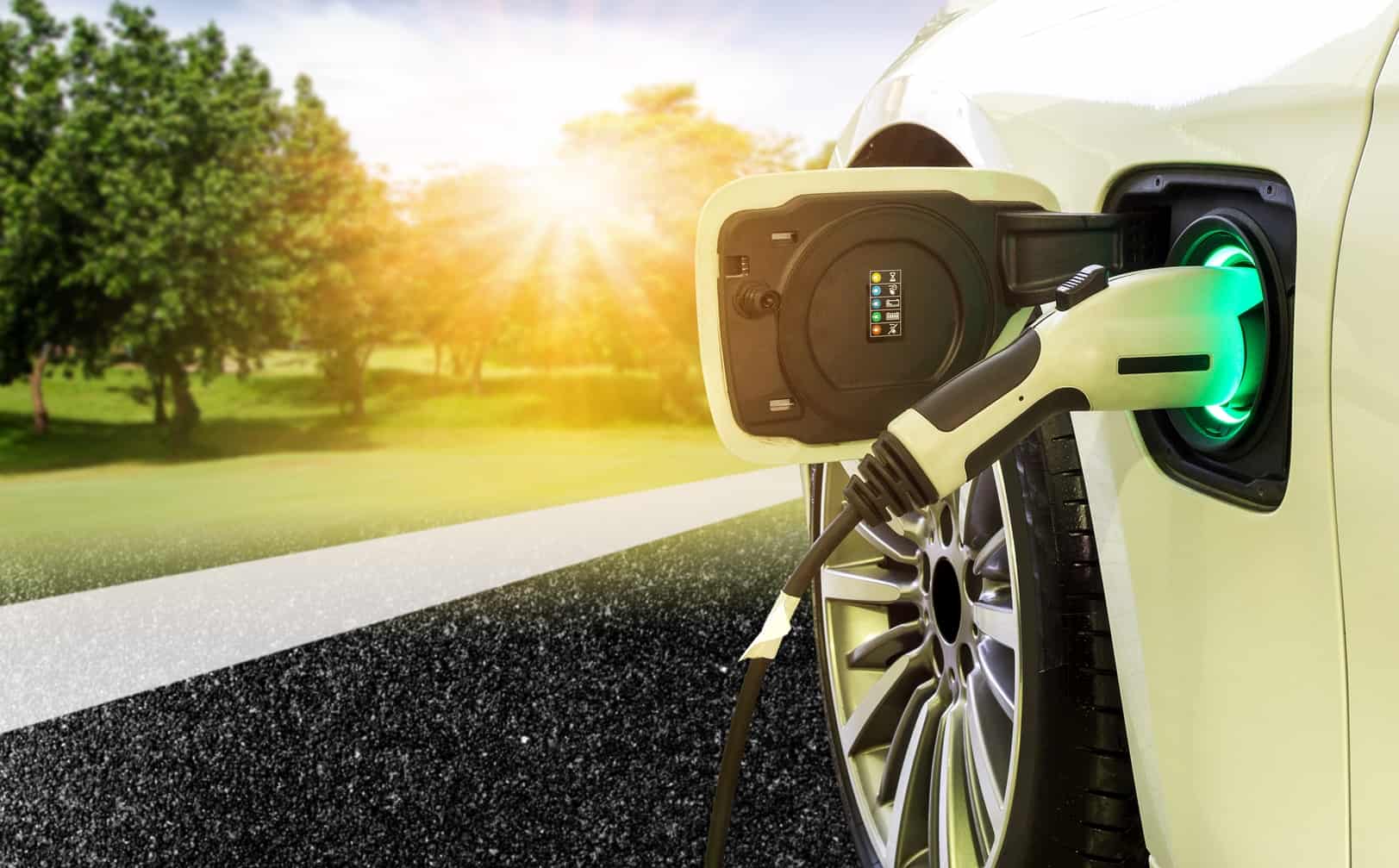Leading Automotive OEMs Seek Zero Emission Hydrogen Trucks
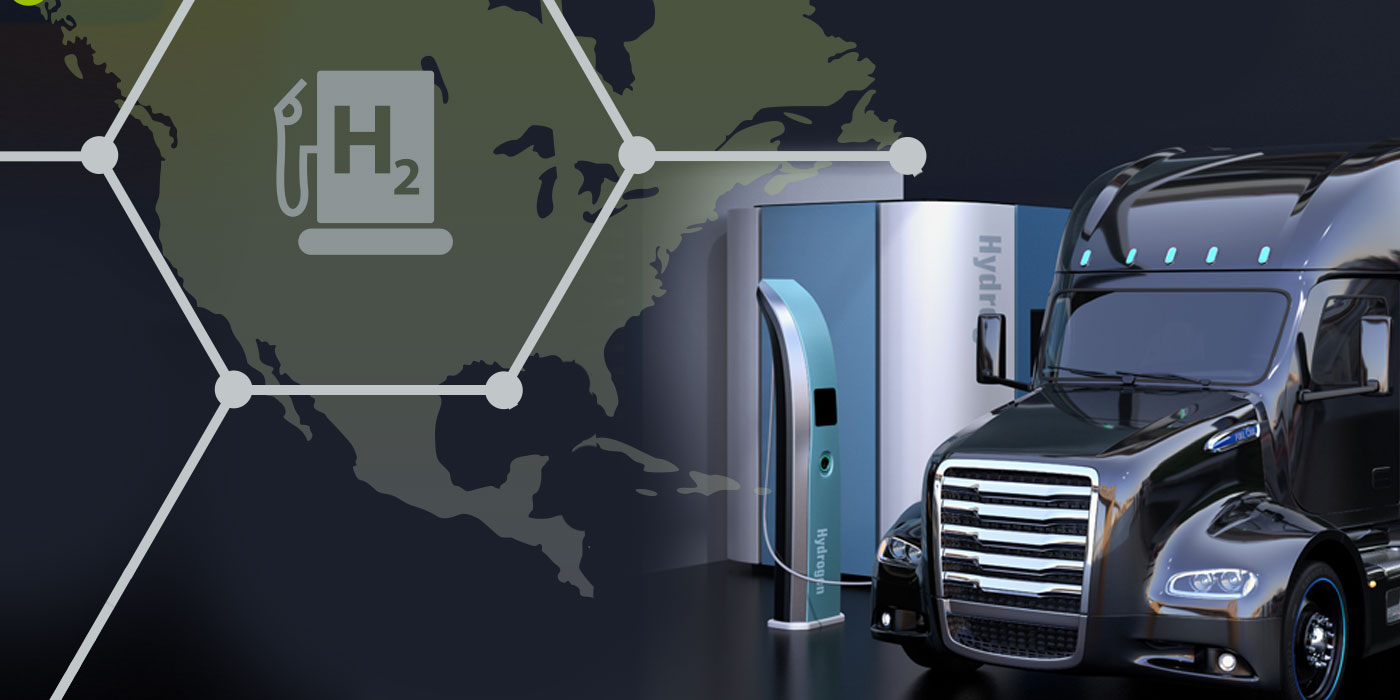
“While promoting the construction of hydrogen infrastructure, hydrogen combustion engines can leverage existing technology and provide a zero-emissions option for specific use cases. In many of the world's largest markets, regulators are strengthening pollution limits for on-highway trucks. European regulators will force manufacturers to reduce CO2 emissions for new on-highway vehicles by 30% compared to 2019 levels starting in 2030.”
In the United States, the aim for reducing emissions by 2027 is 46% lower than in 2010. Additional rules have been enacted in fifteen US states, led by California, that will require 30 percent of trucks sold by 2030 to be zero-emission. Similarly, Chinese regulators have mandated that OEMs lower heavy-duty truck emissions by 24% by 2021 compared to 2012. Given that China just joined the expanding number of countries with net-zero emissions ambitions by or before 2060, additional longer-term targets are inevitable.
While construction and agriculture have lagged behind mining, the demand on these industries to produce zero-emissions solutions is increasing. Air-quality laws at the city level are reinforcing decarbonization rules and directing customers toward zero-emission excavators, loaders, graders, and lift trucks for construction vehicles. With increased social concern about agriculture's sustainability, consumer pressure may force a quick transition to zero-emission farm tractors and sprayers.
Four zero-emissions powertrain technologies are in play for heavy-duty on- and off-highway vehicles
Battery electric vehicles (BEVs), hydrogen fuel-cell electric vehicles (FCEVs), hydrogen internal combustion engines (H2-ICEs), and biofuel or synfuel internal combustion engines are the four real zero-emission vehicle technologies (if a sustainable source of carbon is used). Hybrid and gas engines can help reduce emissions in the medium run, but they can't attain zero emissions on their own.
The four zero-emissions technologies each have their own set of benefits and drawbacks, resulting in differing degrees of applicability for various vehicle types.
CO2 Emissions
While we refer to all four technologies as zero-emissions, the CO2 emissions produced during the production of electricity, hydrogen, or synfuel might differ dramatically. Although BEVs are carbon neutral when charged only with renewable energy, their use with grid electricity currently results in substantial carbon emissions in most regions (given the high carbon intensity of the global grid mix). Carbon emissions from hydrogen production are likewise variable, but they are more manageable. In renewable-rich areas, for example, "green" hydrogen can be created entirely from solar and wind energy and delivered to any refuelling station.
Air Quality
While BEVs and FCEVs do not produce any pollutants at the exhaust, H2-ICEs do emit nitrogen oxides (NOx), which require similar aftertreatment to diesel engines (biofuels and synfuels emit NOx and particulate matter). Some H2-ICE manufacturers say that the engine's operating circumstances allow for substantially lower NOx generation than diesel engines, and hence the engine can be termed zero-impact. The specific emissions levels and limits allowed by local air-pollution legislation will determine whether these engines are suitable for urban use or underground mining.
Efficiency
Tank-to-wheel efficiencies for BEVs range from 75 to 85 percent, with FCEVs at around 50 percent and combustion engines at around 40 to 45 percent. 4 The discrepancies are even more obvious at the well-to-wheel level: due to conversion losses in producing hydrogen from electricity and synfuels from hydrogen, efficiency drop to around 35% for FCEVs, around 30% for H2-ICEs, and around 20% for synfuels. BEV efficiency depends on where renewable energy is generated (since longer transmission lines imply larger losses) and if quick charging is employed.
Overall, the efficiency figures are simply estimates that differ due to driving patterns: combustion engines become more efficient at increasing loads (a motivator for diesel engine downsizing), whereas FCEVs are most efficient at low loads (a motive for fuel-cell oversizing and hybridization).
Powertrain Capex
The high efficiency of BEVs necessitates expensive batteries, whereas less efficient hydrogen and biofuels/synfuels can be burned in simple combustion engines that are largely identical to today's diesel engines—indeed, because of lower exhaust-treatment requirements, they may be even less expensive than diesel engines (although further R&D is needed to develop the technology). Meanwhile, fuel cells have landed in the middle once more. As a result, the best trade-off between upfront capital expenses and ongoing fuel consumption—which reduces total costs of ownership (TCO)—varies greatly by vehicle type and use scenario.
The required powertrain and the amount of fuel consumed, for example, are determined by the vehicle's size and weight. The powertrain efficiency and necessary range are determined by the driving pattern and route, such as the amount of time spent accelerating. Equally important is how regional and local market factors influence the TCO optimization picture, such as the availability and cost of energy, hydrogen, and biofuels, as well as the necessary recharging or refuelling infrastructure.
Other Constraints
Additional considerations, in addition to efficiency and capex, influence the TCO performance of different powertrains: batteries take longer to recharge than any other fuel, be it hydrogen (for fuel cells or combustion) or biofuels and synfuels. This can result in lower uptime, which can have an impact on TCO in use cases that demand 24-hour operations. Both batteries and hydrogen necessitate payload and/or space sacrifices: batteries are heavy, and fuel cells and H2-ICEs necessitate big tanks. Vehicles with limited cargo or space may consequently be limited to biofuels or synfuels with higher energy density.
Hydrogen combustion is a nascent solution but could fill an important niche by harnessing established technologies and supply chains
Despite a (patchy) history dating back to the 1806 de Rivaz engine, which ran on a hydrogen–oxygen mixture, hydrogen combustion is still in its infancy among the four zero-emissions technologies. For a long time, hydrogen combustion engines were overlooked since the high cost of hydrogen rendered the powertrain unprofitable. However, alongside batteries and fuel cells, some automobile OEMs, component suppliers, and start-ups are now contemplating hydrogen combustion as an additional component of their future powertrain portfolios.
Despite significant progress, batteries and fuel-cell technology are still unable to match the extremely high power requirements required for the harsh conditions to which many heavy-duty vehicles (particularly in the off-highway segment) are subjected. Mining trucks, for example, demand several megawatts of power, operate 24 hours a day, and are subjected to high vibrations, heat development, and airborne dirt. Internal combustion engines have been meeting these requirements for decades, and switching from diesel to hydrogen could be a simple approach to decarbonize these engines with just modest technical innovation required.
Recent Market Highlights
- The Phoenix-based start-up Nikola made headlines this year by arranging a public offering and forming a tentative manufacturing and technology cooperation with General Motors. The Nikola Two and the Tre, two hydrogen-fueled heavy-duty trucks, are expected to be delivered within the next few years, according to the startup. Nikola founder Trevor Milton projected that diesel trucks would be obsolete in ten years. However, the company has encountered growing suspicion in recent months as questions about the legality of its plans have surfaced, raising fears that it would not be able to complete its deal with GM, which is currently in limbo as negotiators rewrite their agreement.
- In February 2019, Ballard Power Systems announced that 40-foot and 60-foot, Xcelsior fuel cell-electric buses (FCEBs), powered by Ballard FCveloCity-HD 85 kilowatt (kW) modules, which completed rigorous testing at the Altoona Bus Research and Testing Center under a program established by the Federal Transit Administration (FTA).
Conclusion: Hydrogen combustion and hydrogen fuel cells are complementary, as they thrive in the same ecosystem
One issue with H2-ICEs is that they are thought to compete with hydrogen fuel cells. While the two technologies may compete in some applications, it is more likely that they will work together to increase hydrogen's part of the future powertrain mix and assist each other succeed.
Vehicle OEMs, engine suppliers, engineering-service businesses, and H2-ICE start-ups are all looking into hydrogen combustion as part of their zero-emissions solutions for on- and off-highway applications. Importantly, they are balancing this promise with the additional R&D resources required to develop battery and fuel cell technologies. China, in particular, is gaining traction in the H2-ICE space. Although the future powertrain portfolio will be complex, including hydrogen combustion cars in the mix could be well worth the effort.


